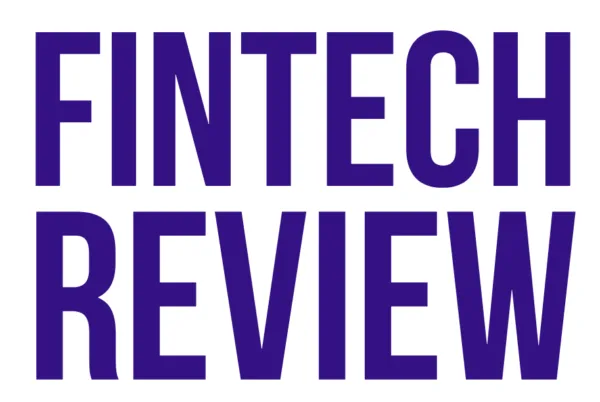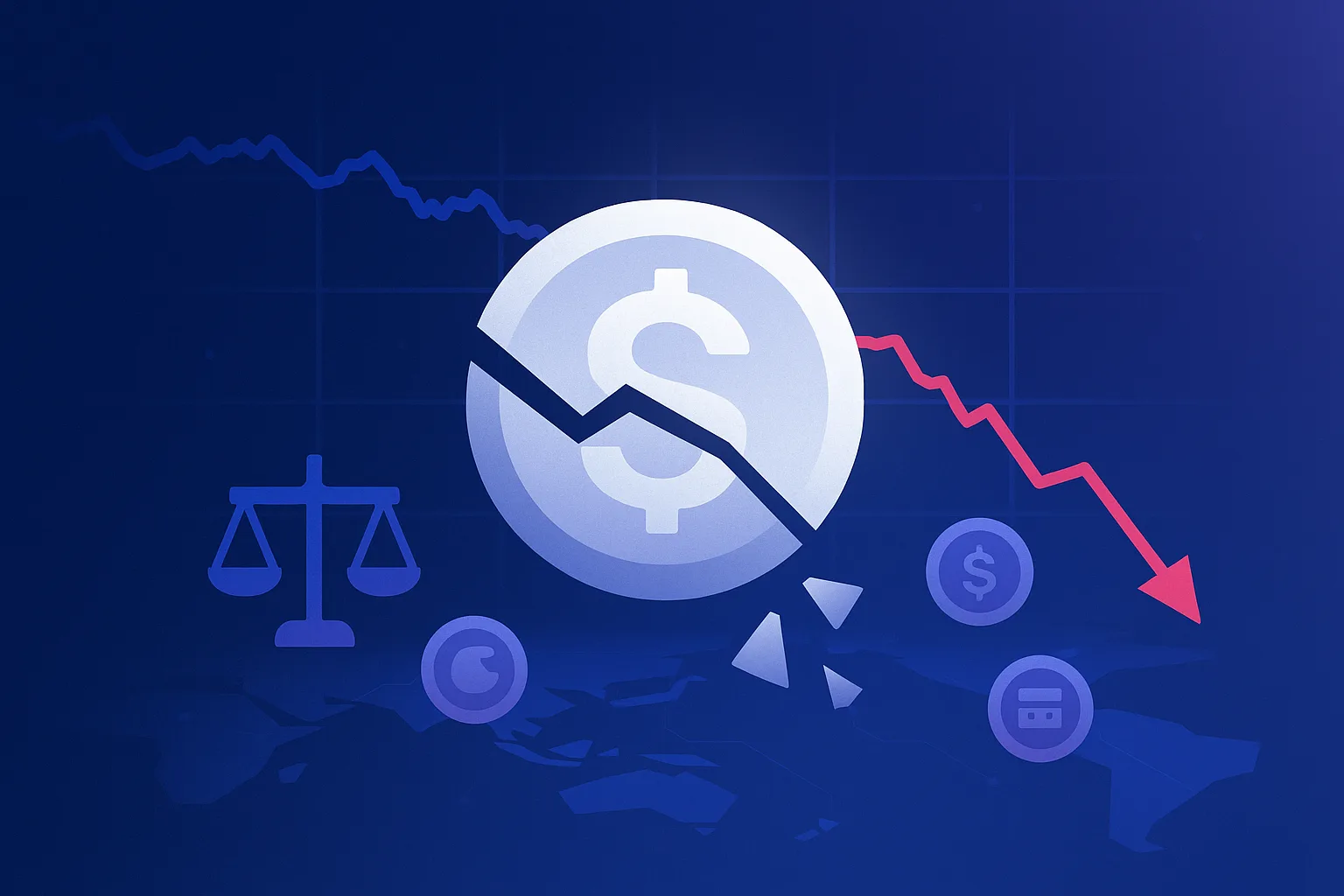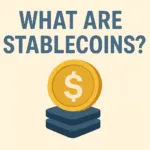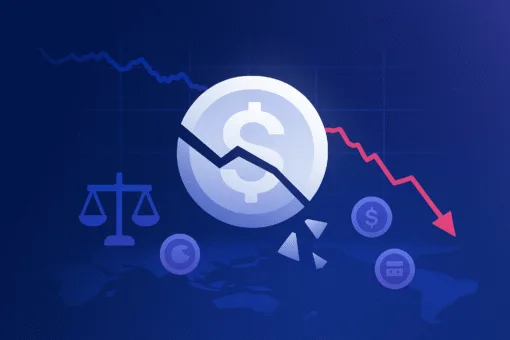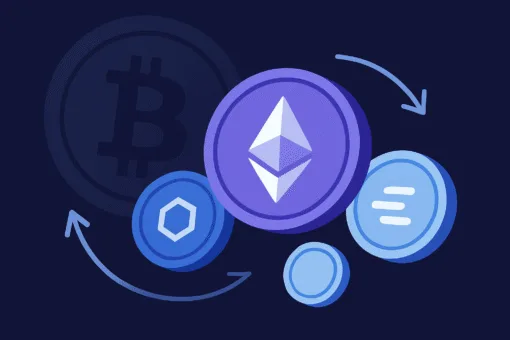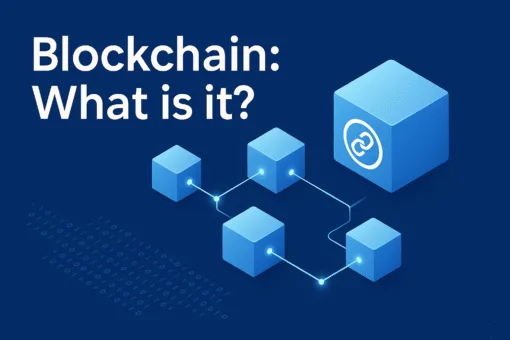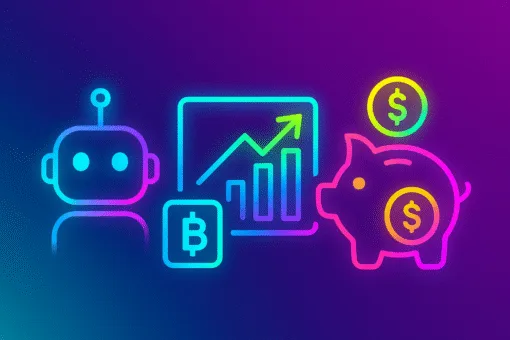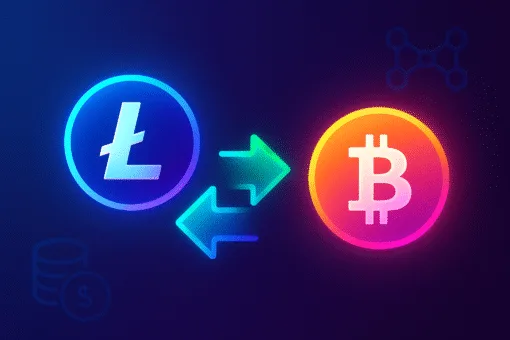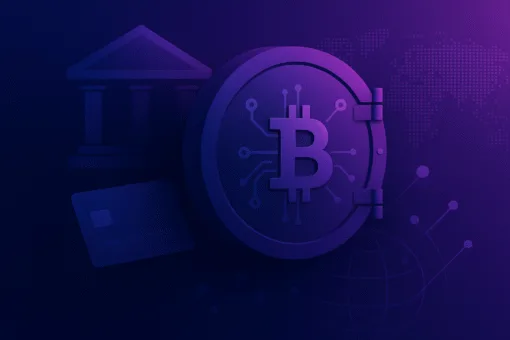In May 2022, the cryptocurrency world experienced one of its most dramatic collapses. TerraUSD (UST), once the third-largest stablecoin by market capitalisation, lost its peg to the US dollar and spiralled into a death loop. Within days, billions in value evaporated, wiping out investors and shaking confidence in the stability of digital assets.
The TerraUSD collapse was more than a market correction. Because it exposed fundamental weaknesses in algorithmic stablecoins, raised questions about systemic risks in decentralised finance, and prompted regulators to accelerate oversight of the sector. Fintech Review explores what TerraUSD was, how it worked, why it collapsed, and what lessons can be drawn for the future of stablecoins and crypto markets.
What Was TerraUSD?
TerraUSD (UST) was an algorithmic stablecoin built on the Terra blockchain, developed by Terraform Labs in South Korea under the leadership of Do Kwon. Unlike fiat-backed stablecoins such as Tether (USDT) or USD Coin (USDC), which are collateralised by reserves of cash and assets, UST relied on an algorithmic mechanism linked to another token called LUNA.
The system worked as follows:
- UST was designed to maintain a one-to-one peg with the US dollar.
- Whenever UST traded above $1, users could mint more UST by burning LUNA, profiting from arbitrage and expanding supply.
- Whenever UST fell below $1, users could burn UST to mint LUNA, reducing UST supply and restoring the peg.
This algorithmic balancing act was meant to maintain stability without holding large fiat reserves. The mechanism relied heavily on market incentives and the assumption of ongoing demand for both UST and LUNA.
The Rise of TerraUSD

Before its collapse, UST was one of the fastest-growing stablecoins. By early 2022, it had reached a market cap of more than $18 billion. Its success was largely driven by the Anchor Protocol, a decentralised finance (DeFi) lending platform on Terra that offered yields of up to 20 percent on UST deposits.
This unusually high yield attracted huge inflows of capital. Retail investors, institutional players, and even some traditional funds sought to earn stable returns in a low-interest-rate environment. UST became central to Terra’s ecosystem and symbolised the promise of DeFi’s ability to challenge traditional finance.
The Collapse: May 2022
The downfall began in early May 2022. UST started to drift below its $1 peg. Large withdrawals from Anchor created selling pressure, and confidence began to falter. Arbitrage mechanisms struggled to restore balance. As more UST holders rushed to exit, they burned UST for LUNA, causing the supply of LUNA to skyrocket.
This triggered a vicious cycle known as a death spiral:
- UST lost its peg, trading below $1.
- Holders burned UST to mint more LUNA.
- The supply of LUNA inflated dramatically, diluting its value.
- The collapsing price of LUNA reduced confidence in its ability to backstop UST.
- Panic spread, leading to further redemptions and accelerating the spiral.
Within days, UST fell to a few cents, and LUNA’s market value plunged from over $40 billion to near zero. The Terra ecosystem imploded almost overnight.
TerraUSD Collapse Timeline
-
2020Launch of TerraUSD (UST)
Terraform Labs introduces UST, an algorithmic stablecoin pegged to the US dollar, backed by the LUNA token.
-
2021Rapid Growth through Anchor Protocol
Anchor Protocol offers ~20% yields on UST deposits, driving massive adoption and pushing UST to billions in market cap.
-
Early 2022UST Becomes a Top Stablecoin
UST surpasses $18 billion in circulation, becoming the third-largest stablecoin globally and a core part of DeFi.
-
May 7, 2022UST Begins to Lose Its Peg
Large withdrawals from Anchor trigger selling pressure. UST falls below $1, confidence starts to waver.
-
May 9–12, 2022Death Spiral
Holders rush to redeem UST for LUNA. Supply of LUNA explodes, price collapses, and both tokens lose nearly all value.
-
AftermathGlobal Fallout
Billions lost, confidence in algorithmic stablecoins shattered, and regulators worldwide accelerate rules for stablecoins under frameworks like MiCA.
Why TerraUSD Collapsed

Several factors explain why the algorithmic model failed.
- Dependence on Perpetual Demand. The system assumed ongoing demand for UST and LUNA. Once confidence eroded, there was no natural floor to stop the spiral.
- Unrealistic Yield Incentives. Anchor’s 20 percent yields were unsustainable. They acted as a subsidy to attract users but could not be maintained indefinitely without external capital inflows.
- Lack of True Collateral. Unlike fiat-backed stablecoins, UST had no reserves of cash or assets to support redemption. The peg relied purely on market incentives, leaving it vulnerable to shocks.
- Liquidity Mismatch. When investors tried to exit en masse, the mechanisms to absorb selling pressure proved inadequate. The market could not handle such rapid contraction.
- Overconfidence in Algorithms. The collapse highlighted the limits of relying solely on algorithmic design without sufficient risk controls or backstops.
Impact on the Crypto Market
The TerraUSD collapse had wide-ranging consequences for crypto markets and beyond.
Investor Losses
Billions in value were wiped out. Many retail investors lost life savings, while institutional players suffered significant losses.
Contagion
The shock spread across DeFi protocols, exchanges, and crypto lenders. Companies with exposure to Terra faced liquidity crises, contributing to the broader downturn in 2022.
Loss of Confidence
Stablecoins are meant to provide stability. The failure of UST undermined confidence in algorithmic models and raised questions about the resilience of crypto infrastructure.
Regulatory Pressure
Policymakers seized on the collapse as evidence of systemic risks. Calls for stronger oversight of stablecoins and DeFi intensified in the US, Europe, and Asia.
Regulatory Response in Europe

For Europe, the TerraUSD collapse was a catalyst in shaping regulatory frameworks. The Markets in Crypto-Assets Regulation (MiCA), finalised in 2023, includes specific rules for stablecoins, requiring issuers to maintain reserves, disclose risks, and comply with prudential standards.
Algorithmic stablecoins like UST are effectively excluded under MiCA because they lack sufficient collateral backing. The collapse reinforced the European view that stablecoins must be backed by tangible assets to protect consumers and financial stability.
TerraUSD, Five Lessons That Still Matter
The TerraUSD episode offers key lessons for investors, developers, and regulators. Use this checklist when you evaluate any stablecoin or yield opportunity.
-
Stability Needs Real Backing
Purely algorithmic mechanisms without collateral are highly fragile, especially in stressed markets. Models backed by transparent reserves or on-chain collateral provide stronger resilience and clearer unwind paths.
-
Yields Must Reflect Reality
Unusually high yields are rarely sustainable and often signal hidden leverage or reflexive incentives. Sustainable DeFi depends on returns grounded in real economic activity and risk-adjusted assumptions.
-
Confidence Is Everything
Stablecoins rely on trust in the peg, the reserves, and the mechanisms that defend them. Once confidence breaks, redemptions accelerate and recovery becomes extremely difficult.
-
Regulation Will Shape the Future
The collapse accelerated supervisory focus on reserves, disclosures, and redemption rights. Compliance will be essential for stablecoins to operate at scale within mainstream finance.
-
Risk Management Cannot Be Ignored
Protocols and investors need stress testing, scenario planning, and transparent reporting. Clear contingency plans, circuit breakers, and independent attestation improve survival odds during shocks.
The Future of Stablecoins

Despite the collapse, stablecoins remain central to crypto markets. Fiat-backed coins such as USDC and regulated European electronic money tokens continue to grow. Projects exploring hybrid models, with algorithmic elements backed by collateral reserves, may also emerge.
In Europe, MiCA will shape the landscape, favouring asset-backed stablecoins and ensuring strict consumer protections. Global policymakers are watching closely, and the lessons of TerraUSD are informing frameworks worldwide.
The failure of UST may ultimately strengthen the sector by weeding out unsustainable models and raising standards. Stablecoins that survive will be those that combine efficiency with transparency, regulatory compliance, and robust backing.
Conclusion
The TerraUSD collapse was a watershed moment for cryptocurrency. What began as an ambitious attempt to design a fully algorithmic stablecoin ended in one of the most spectacular failures in financial history. The speed and scale of the implosion underscored the fragility of models built on perpetual demand and market incentives without sufficient reserves.
For investors, the event was a harsh reminder that promises of stability and high yields must be tested against economic fundamentals. In terms of regulation, it was proof that oversight of stablecoins is not optional but essential. For the industry, it was a turning point that shifted focus toward sustainability, transparency, and consumer protection.
TerraUSD will be remembered not just for its collapse but for the lessons it left behind. Those lessons will shape the design, regulation, and adoption of stablecoins in Europe and around the world for years to come.
